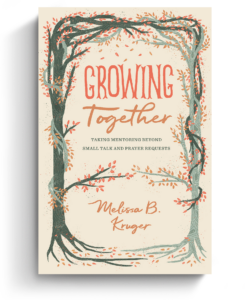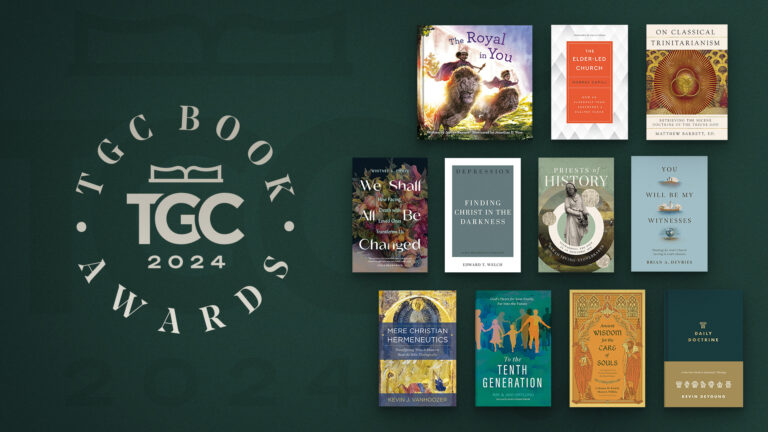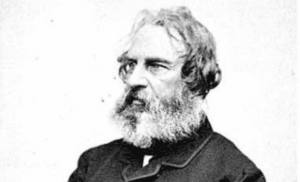A letter came. The nursing home in Kansas City was closing its doors to outsiders, including family members due to a coronavirus case. My 92-year-old mother, Ella Marie, lived there in a private room.
Would that protect her?
My sister, Dalene, hurried to visit before the rule went into effect. Mom cried as she read the official letter. She listened to the news constantly and knew about the pandemic. My brother, Dwight, and I had quick FaceTime calls with her. Our youngest brother, Doug, sped on the 45-mile trip to get there in time.
“Oh, I’m so glad you’re here!” Mom repeated over and over, holding his hand the entire visit.
We all knew it could be the last time we saw her. Two weeks later, she struggled with a bad chest cold and was tested for possible illnesses. She tested positive for bronchitis on Thursday. And on Friday, for COVID-19.
Late Saturday afternoon, she was gone.
Hearts wrenched in pain, we tried to wrap our minds around what had just happened. Nothing made sense. Nothing fit the scenario for a normal death. None of us was there by her side. Instead, we sat in our homes apart—Doug in Kansas, Dalene in Missouri, Dwight in Iowa, and me in Alabama—stunned.
A Zoom call was the only thing that brought us together.
We knew Mom was ready to die. She’d made amends and given away possessions. She longed for heaven, to be freed from a ravaged mind and twisted body caused by two strokes. We’d grieved often over her lying in bed, immovable, day after day. She’d already lived longer than any of us would have predicted. We were prepared for her to go.
We knew Mom was ready to die. She longed for heaven, to be freed from a ravaged mind and twisted body caused by two strokes.
But not like this.
We did what we could, remotely. Dalene handled calls and sent clothes she’d kept for this purpose. Dwight, a pastor, contacted the church and arranged a graveside service. I called a florist to design a blanket of pink roses and white hydrangeas for the casket. Doug prepared to make the four-hour drive to the cemetery and practiced the song he’d play. Together, we wrote her obituary.
Stolen from us were the normal steps of grieving. We couldn’t gather as a family. We couldn’t receive hugs from adult children and grandchildren, even if they lived nearby. Everyone was sequestered in their homes for fear of an invisible enemy. A few family members and friends chanced a visit, but most stayed away due to social distancing.
The sense of isolation was crushing.
I learned a term for what we experienced: interrupted grief. This happens when circumstances separate family members, not only from the dying, but from the normal processes of grief. Those who lost loved ones in war, natural disaster or on 9/11 hold memorial ceremonies for some closure. Others, whose kidnapped children are never found live with open-ended grief with no resolution. Friends often don’t know what to say or not say. It’s bereavement overload. Communal loss. Exaggerated grief.
And COVID-19 branded its own form.
[Interrupted grief is] bereavement overload. Communal loss. Exaggerated grief.
We couldn’t gather around Mom’s bedside to say goodbye. We couldn’t meet to talk about her final wishes, to decide how to bury someone in the midst of a pandemic and honor her edict against cremation. We couldn’t go to her room, pack remaining belongings, and reminisce about her peculiarities and wry sense of humor. Both her room and her physical body were contaminated—another blow. Her body was placed in a sealed casket. The room was fumigated and closed for days before suited attendants packed everything for pickup.
Cold, impersonal, devoid of comfort.
A few mercies came in the midst of mourning. A caring hospice worker attended Mom at the end and shared the story of her last minutes with us on another Zoom call. The funeral director from the small midwestern town arranged to transport her body on the five-hour trip and bury her next to Dad.
A service in Mom’s childhood church was postponed. Only Doug would attend graveside. Because of national restrictions, a pastor and eight mourners comprised those present. Nieces and nephews who lived nearby stood six feet apart in the graveyard, a stark picture of social distancing. Photos came to us one by one—due to unavailability of WiFi, the service was sent in live snapshots and on video when concluded.
Excruciating.
My siblings and I sat alone at a computer or followed the service on our phones in various locations: a home workshop, a living room, and a Chick-fil-A line. I tried to eat but threw away half the food. How could we be sitting in our homes as our mother was buried? We couldn’t comprehend it, even though our reasons for staying away were serious. Travel was discouraged. Several of us were immunocompromised.
We couldn’t chance the possibility of catching the virus ourselves.
After viewing the graveside video, three of us gathered on Zoom with a glass of wine while Doug traveled back. We shared our relief that Mom was no longer suffering. We talked about the anguish of not standing on the Kansas soil, listening to the words and music as the wind swept our grief across the plains. Not being able to revisit Dad’s grave. Not walking around the cemetery, once again noting how many ancestors shared common ground. Not shedding tears as her body lowered to its final rest.
How could we be sitting in our homes as our mother was buried? We couldn’t comprehend it, even though our reasons for staying away were serious.
Not saying goodbye, again.
During the short service, Doug stood with shirt sleeves rolled and his dog, Wyatt, at his feet. He used to take Wyatt into Mom’s room in the nursing home, making her giggle. The pastor spoke words of comfort through Scripture and liturgy and offered a prayer. Then Doug lifted his autoharp upright, fingerpicks on his right hand.
He spoke: “I learned this hymn while sitting next to Mom in church. It seems fitting.”
The melody of “Love Divine, All Loves Excelling“ pronounced a benediction on bowed heads. The youngest of the family stood alone, representing us all. Simple. Poignant. Honoring.
Heartbreaking.
As I looked at the photo of the mourners standing six feet apart surrounding her grave, my perspective began to change. Instead of appearing stark, I saw them encircling her with love and respect.
It fit her personality. No frills. Only her side of the family present. Her youngest son serenading her homecoming to Kansas, back to the side of her husband of 70 years. They’d shared everything in life and now in death. A single headstone with both their names and an etching: “Our children—Dalene, Marjean, Dwight and Douglas.”
We were there, after all.
Involved in Women’s Ministry? Add This to Your Discipleship Tool Kit.
 We need one another. Yet we don’t always know how to develop deep relationships to help us grow in the Christian life. Younger believers benefit from the guidance and wisdom of more mature saints as their faith deepens. But too often, potential mentors lack clarity and training on how to engage in discipling those they can influence.
We need one another. Yet we don’t always know how to develop deep relationships to help us grow in the Christian life. Younger believers benefit from the guidance and wisdom of more mature saints as their faith deepens. But too often, potential mentors lack clarity and training on how to engage in discipling those they can influence.
Whether you’re longing to find a spiritual mentor or hoping to serve as a guide for someone else, we have a FREE resource to encourage and equip you. In Growing Together: Taking Mentoring Beyond Small Talk and Prayer Requests, Melissa Kruger, TGC’s vice president of discipleship programming, offers encouraging lessons to guide conversations that promote spiritual growth in both the mentee and mentor.




























